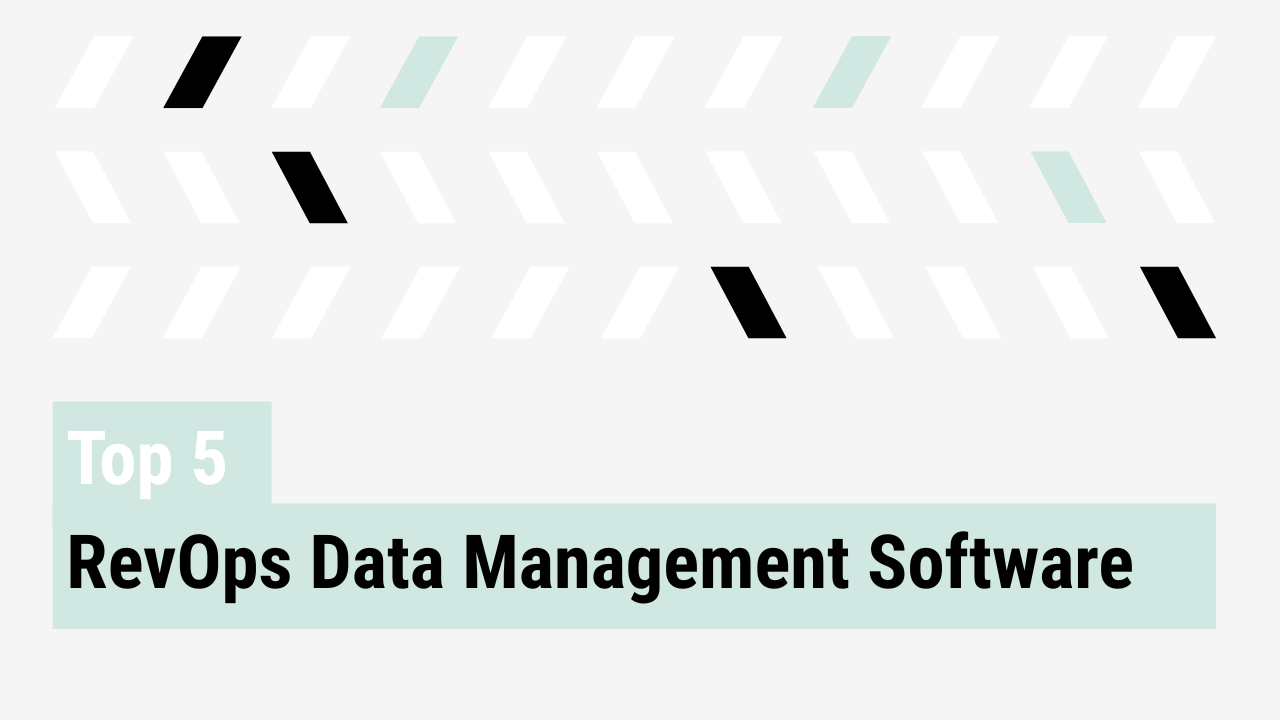Even the sharpest RevOps strategies stall without executive backing. Too often, well-constructed roadmaps gather dust, sidelined by lack of visibility, context, or alignment. This post is a tactical guide for RevOps leaders: how to translate your roadmap into business-impact language, deliver operational efficiency in GTM, and win over the decision-makers who control support and budget.
Speak their language: frame in business outcomes
Executives prioritize results. To gain their support, your initiatives must be framed in terms they value: revenue acceleration, forecasting accuracy, cost efficiency, and risk mitigation.
To strengthen your case, use real data or modeled projections to estimate potential business impact. If you’re proposing a new attribution model, show how it could shift conversion rates or accelerate pipeline velocity. If your roadmap includes lead scoring optimization, tie it to improved SDR productivity or shorter sales cycles. The more directly you link your initiative to measurable outcomes, the more credible your proposal becomes.
Skip the jargon. Replace “CRM optimization” with “10% lift in speed-to-lead via cleaner routing logic.” Swap “dashboard automation” for “real-time board reporting with 95%+ accuracy.”
Align to C-suite priorities in 2025
The most effective RevOps roadmaps start with the C-suite’s agenda. Ask sharp questions early: What are the CEO’s top 3 objectives? Where does the CFO need more visibility? What keeps the CRO up at night?
“What I found really helpful is trying to tie out everything on the RevOps roadmap into an overall company initiative… If I can organize my work into those initiatives, it helps me better align with my go-to-market partners as well.” – Hannah Wendt, Director of RevOps at NoFraud
Executives are focused on digital transformation, AI and data readiness, and scalable GTM systems. When RevOps maps directly to those outcomes, support becomes much easier to secure.
Organizational clarity and stakeholder management
Organizational clarity is the engine that powers effective stakeholder management. A well-governed RevOps function maintains structured workflows, clear prioritization, and focused delivery, ensuring that every initiative is defensible and aligned.
“Your job is to protect focus at all times. Make sure that work is structured and it’s consistent and there’s no lull in work, and that you’re not overcommitting to things… This is what keeps your head on straight. If everything you’re doing is organized and clean and defensible to the people you need to tell no to.” – Alex Miller, Director of RevOps at Medallion
This level of discipline and clarity makes it easier to gain executive buy-in. Leaders are far more likely to support initiatives that are well-organized, tied to strategic priorities, and transparently managed. When RevOps can demonstrate clean ownership of projects, thoughtful trade-off decisions, and defensible timelines, it earns trust. Executives want to know their investment is going toward focused, structured execution—and organizational clarity is the foundation for delivering on that expectation.
By proactively managing the roadmap and stakeholder expectations, RevOps leaders reduce noise and increase trust. Keep initiatives visible, relevant, and documented. When the time comes to say no, you’re saying it from a position of clarity and credibility.
Build your executive coalition
Roadmaps don’t scale without sponsorship. Find your champions early. Loop in your CRO, CFO, or CMO to co-shape priorities and co-sign metrics. That moves RevOps from a tactical fix to a strategic partner.
“I’m a very big RevOps roadmap person… And then you have to empower your RevOps team to have the trade-off conversations in the same way that you do with product.” – Ryan Milligan, VP of Sales, Marketing, and RevOps at QuotaPath
Make buy-in easy: connect every roadmap item to a quantifiable business priority. Demonstrate how your team accelerates broader goals, not just RevOps initiatives.
To build urgency, support your roadmap with proof points and relevant trends. Reference benchmarks that show the impact of mature RevOps orgs—such as increased pipeline velocity, better forecast accuracy, or higher attainment rates. Market studies can also help make the case for investment, especially when they align with executive focus areas like AI readiness or data consolidation.
Framing your initiatives as part of the broader RevOps leader playbook and grounding them in RevOps best practices reinforces credibility. It positions your roadmap not just as a plan, but as a strategic alignment with how high-performing GTM teams operate today.
Deliver quick wins, then scale
Buy-in grows through consistent delivery. Begin with high-visibility, cross-functional wins that demonstrate measurable value. Focus on improving speed-to-insight and reducing cycle times. As confidence builds, expand into longer-term initiatives such as forecasting infrastructure or GTM data consolidation.
Use impact-effort matrices to prioritize. A typical matrix plots initiatives on a two-axis grid: impact on business outcomes versus the effort required to execute. High-impact, low-effort items should be prioritized first, as they offer quick wins that build credibility. Low-impact, high-effort items can be deferred or removed entirely. By mapping your roadmap visually, you can clearly communicate trade-offs to stakeholders and ensure you’re focusing on initiatives that deliver the most value relative to their complexity. Make every win reinforce why the roadmap matters and why your team can be trusted to lead.
Turning approval into momentum
When the C-suite sees RevOps as a driver of GTM velocity, the roadmap stops being a request and becomes a requirement. That transformation happens when you anchor your plan in business value, co-own it with executive stakeholders, and deliver with consistency.
Ready to move from alignment to action? Start with language they understand, priorities they set, and results they can measure.
Learn more about what Hannah, Alex, and Ryan had to say in their Boardroom RevOps conversations.



